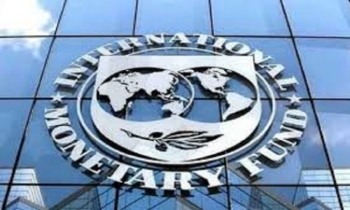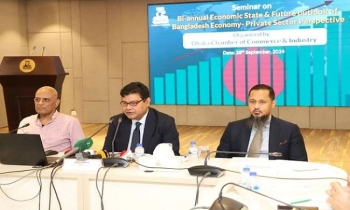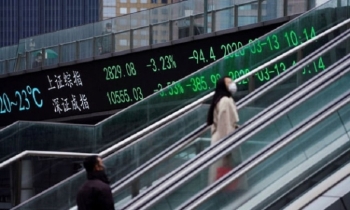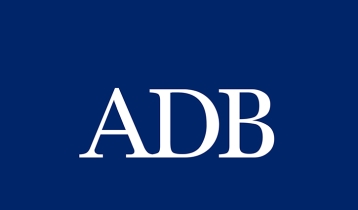Bangladesh performing well in 3 major economic indicators, data shows
UNB || BusinessInsider
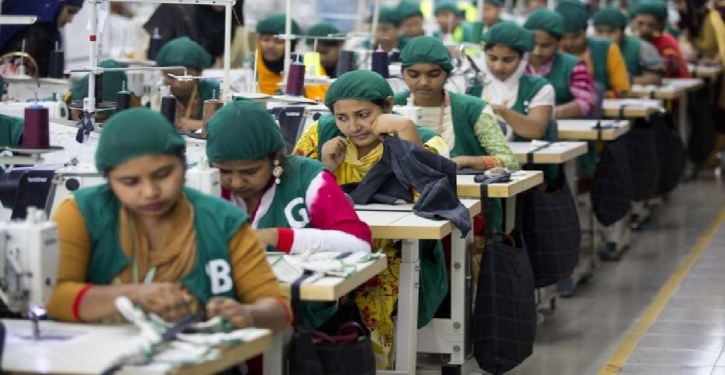
File photo
Bangladesh is performing well in three important indicators of the economy amidst the global financial crisis.
The latest data of different economic indicators show that despite the global crisis, Bangladesh is turning around in export of garment items.
In the first five months of this calendar year, Bangladesh’s garment exports to the European Union have increased by 45 percent. In addition, from January to June of this year, the export of clothing products to the US market has increased by 60.30 percent.
Not only Europe-America, but overall exports from Bangladesh increased by 14.72 percent in the first month of the current fiscal year 2022-23, in July, compared to the same period of the previous fiscal year. And in June, the export growth was 37.19 percent.
Not only exports, remittance, and private credit growth show also a positive development in recent times.
In the first month of FY 2022-23, goods worth $3.98 billion have been exported.
According to Export Promotion Bureau (EPB) data, the country crossed the $50 billion milestone for the first time in the last FY 2021-22 with exports worth $52 billion.
According to the report, readymade garments contributed the most to the growth as usual. Last month, exports in this sector were worth $3.36 billion. As such, 84.49 percent of the total exports is apparel products. And compared to July of the last financial year, the export of this product has increased by 16.61 percent.
Meanwhile, according to data of the European statistical agency Eurostat, the import of clothing products from Bangladesh has increased by 44.95 percent from January to May this year.
Some $9.58 billion worth of clothing items have been imported till this time, the report said.
Bangladesh Bank data shows, in July private credit growth reached 13.96 percent to Tk 13.52 lakh crore.
Bank officials say that many have taken up new projects. Many others are increasing productivity. Housing, car, and personal loans have also increased this year due to low-interest rates. In addition, the price of the dollar has increased by more than 20 percent in the last four months.
Although in the announced monetary policy till December this year, the growth in private sector credit is targeted 13.6 percent. As a result, the monetary policy target of credit growth has already been exceeded. Despite much inflation, consumers are borrowing more. Because the loan interest rate is still around 9 percent.
According to the latest data of Bangladesh Bank, the country received inward remittance worth $2.03 billion in August showing hope to ease the forex crisis through this upward trend of remittance.
In July, the first month of FY 2022-23, expatriate sent $2.09 billion remittance, which was highest in last 14 months. The inward remittance flow was $1.87 billion in July and $1.81 billion in August in FY 2021-22.
Md Serajul Islam, executive director and spokesperson of Bangladesh Bank, told UNB that the central bank has simplified various processes to attract more remittances in banking channels.
The government is also extending remittance incentives as well as providing policy support. Now the dollar rate is getting higher, he said.
The sector insiders said that Bangladesh’s inward remittance flow will grow more as manpower export hit a new high in the past fiscal on a post-pandemic rebound of the overseas job market.
The data of the Bureau of Manpower Employment and Training (BMET) showed over 9.88 lakh workers had gone abroad in the fiscal year FY22 while this figure was 2.71 lakh in FY 21. This happens to be the highest number of annual overseas jobs in the last seven years.
Officials hope the outflow of workers would increase in the current fiscal year as Malaysia is going to restart hiring manpower from the country, following a negotiated deal.

